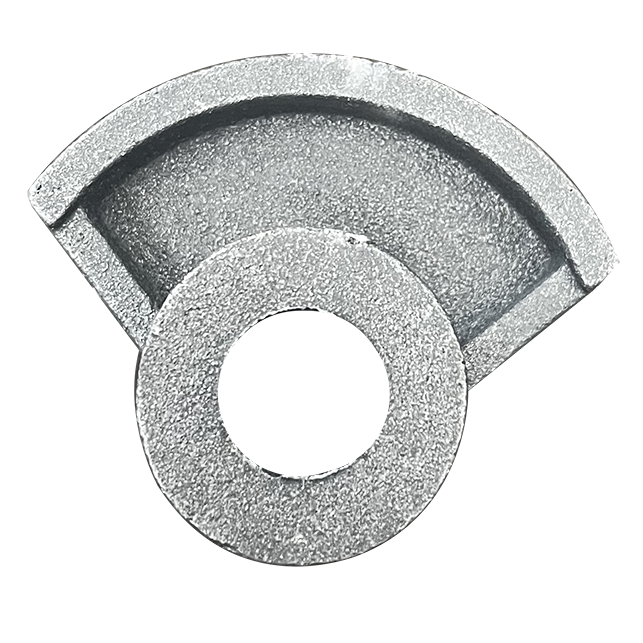- Afrikaans
- Albanian
- Amharic
- Arabic
- Armenian
- Azerbaijani
- Basque
- Belarusian
- Bengali
- Bosnian
- Bulgarian
- Catalan
- Cebuano
- China
- China (Taiwan)
- Corsican
- Croatian
- Czech
- Danish
- Dutch
- English
- Esperanto
- Estonian
- Finnish
- French
- Frisian
- Galician
- Georgian
- German
- Greek
- Gujarati
- Haitian Creole
- hausa
- hawaiian
- Hebrew
- Hindi
- Miao
- Hungarian
- Icelandic
- igbo
- Indonesian
- irish
- Italian
- Japanese
- Javanese
- Kannada
- kazakh
- Khmer
- Rwandese
- Korean
- Kurdish
- Kyrgyz
- Lao
- Latin
- Latvian
- Lithuanian
- Luxembourgish
- Macedonian
- Malgashi
- Malay
- Malayalam
- Maltese
- Maori
- Marathi
- Mongolian
- Myanmar
- Nepali
- Norwegian
- Norwegian
- Occitan
- Pashto
- Persian
- Polish
- Portuguese
- Punjabi
- Romanian
- Russian
- Samoan
- Scottish Gaelic
- Serbian
- Sesotho
- Shona
- Sindhi
- Sinhala
- Slovak
- Slovenian
- Somali
- Spanish
- Sundanese
- Swahili
- Swedish
- Tagalog
- Tajik
- Tamil
- Tatar
- Telugu
- Thai
- Turkish
- Turkmen
- Ukrainian
- Urdu
- Uighur
- Uzbek
- Vietnamese
- Welsh
- Bantu
- Yiddish
- Yoruba
- Zulu
Nov . 28, 2024 09:07 Back to list
Sand Casting Production Facility for High-Quality Custom Metal Parts and Components
Sand Casting Factory The Art and Science of Metal Casting
Sand casting is one of the oldest and most versatile metal casting methods, widely used in various industries to create intricate metal parts. The process involves creating a mold from sand, which is then filled with molten metal to produce the desired shape. This article explores the operations, advantages, and considerations of a sand casting factory.
Understanding the Sand Casting Process
The sand casting process begins with the creation of a pattern, typically made from metal, wood, or plastic, which is a replica of the final product. This pattern is used to create a mold in a mixture of sand and a binding agent, which can be water or resin. The sand is packed around the pattern to form two halves of the mold, known as the cope and drag. Once the mold is prepared, the pattern is removed, leaving a cavity that represents the shape of the final product.
Molten metal is then poured into this cavity. As it cools and solidifies, it takes on the shape of the mold. After the metal has cooled, the sand mold is broken away to reveal the casting. This method can produce a wide range of metal products, from small parts to large industrial components, depending on the size of the factory’s equipment and capabilities.
Advantages of Sand Casting
One of the primary advantages of sand casting is its versatility. The process can create a variety of shapes and sizes, accommodating complex geometries that other methods may find challenging. Additionally, sand casting can work with various metals, including iron, aluminum, and bronze.
Cost-effectiveness is another significant benefit. The materials used for sand molds, such as silica sand, are abundant and inexpensive, making the process economically feasible for producing both small batches and large quantities of parts. Moreover, sand molds can be reused, further reducing costs.
Another advantage is the ability to create intricate designs without the need for high-precision tooling. The sand casting process allows for more leniency in design, enabling manufacturers to produce components that may require complex internal structures.
sand casting factory

Quality Control in Sand Casting
Quality control is a critical aspect of operations within a sand casting factory. To ensure that the final products meet industry standards, manufacturers often conduct rigorous testing throughout the casting process. This may include inspecting the molds for defects, monitoring the temperature of the molten metal, and conducting post-casting inspections to identify any flaws in the finished product.
Advanced technologies, such as computer-aided design (CAD) and computer-aided manufacturing (CAM), have enhanced the capabilities of sand casting factories. These technologies allow for greater precision in mold creation and improved predictability in the casting outcome.
Challenges in Sand Casting
Despite its many advantages, sand casting does face challenges. The sand mold can sometimes lead to surface imperfections, requiring additional finishing processes to achieve the desired surface quality. Furthermore, the sand casting process can be time-consuming, especially for complex shapes that require intricate molds.
Environmental considerations are also important. The production of sand molds involves the use of materials that can generate dust and waste, raising concerns about sustainability. Many factories are now focusing on developing more eco-friendly practices, such as recycling sand and using less harmful binding agents.
Conclusion
A sand casting factory represents a fascinating intersection of art and science, where skilled workers and advanced technology come together to create a vast array of metal components. The versatility and cost-effectiveness of the sand casting process make it an indispensable method in various industries, from automotive to aerospace. As technology evolves and environmental concerns become increasingly prominent, sand casting factories are likely to adapt and innovate, ensuring that this traditional manufacturing method remains relevant in a modern context.
-
Premium Cast Iron Water Main Pipe: Durable, Corrosion-Resistant
NewsAug.03,2025
-
Durable Cast Iron Water Mains | AI-Optimized Systems
NewsAug.02,2025
-
High-Efficiency Propane Boiler for Baseboard Heat | Save Energy
NewsAug.01,2025
-
Premium Source Suppliers for Various Gray Iron Castings
NewsJul.31,2025
-
Durable Cast Iron Water Main Pipes | Long-Lasting
NewsJul.31,2025
-
High-Quality Cast Iron Water Main Pipe for Durable Infrastructure
NewsJul.30,2025


